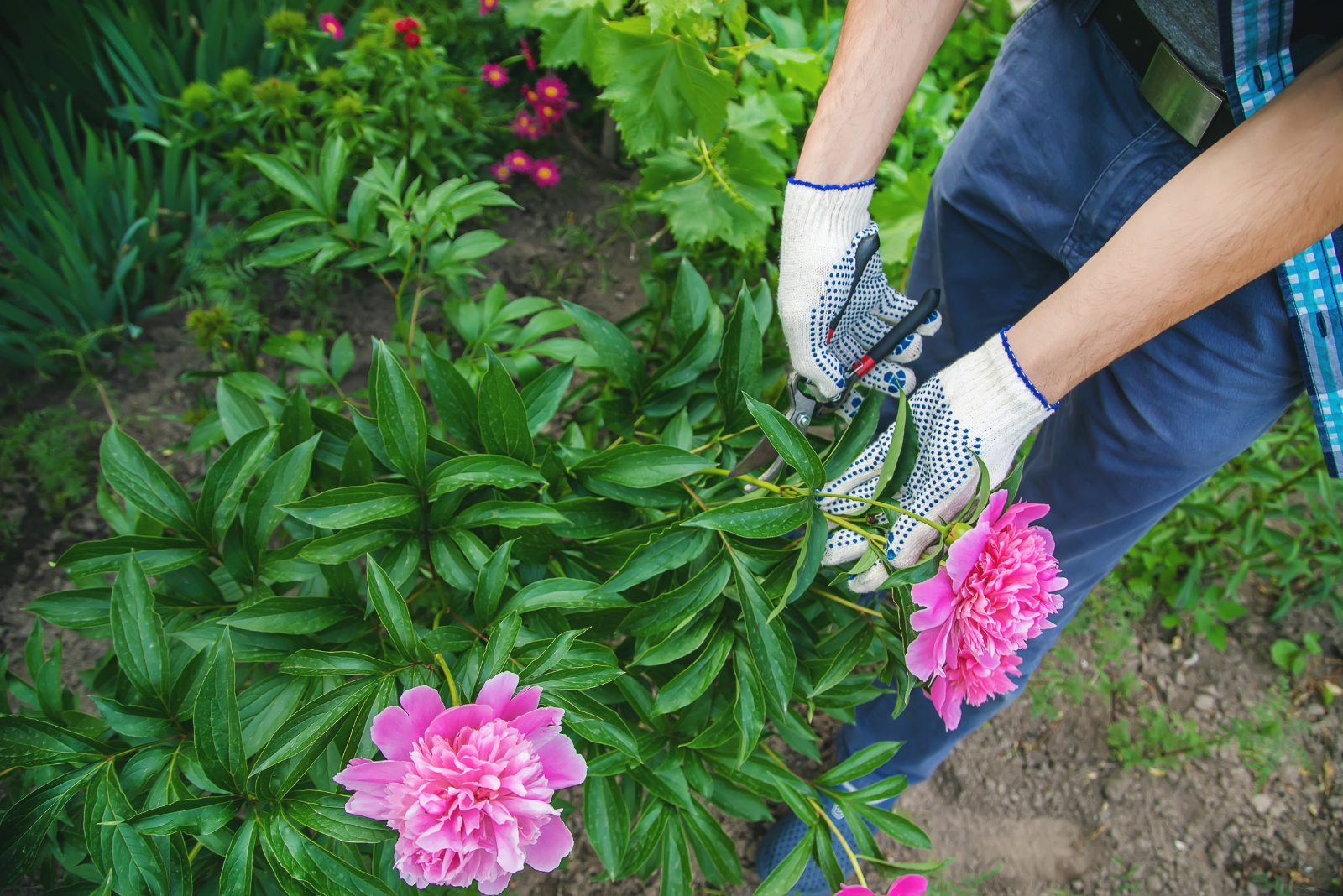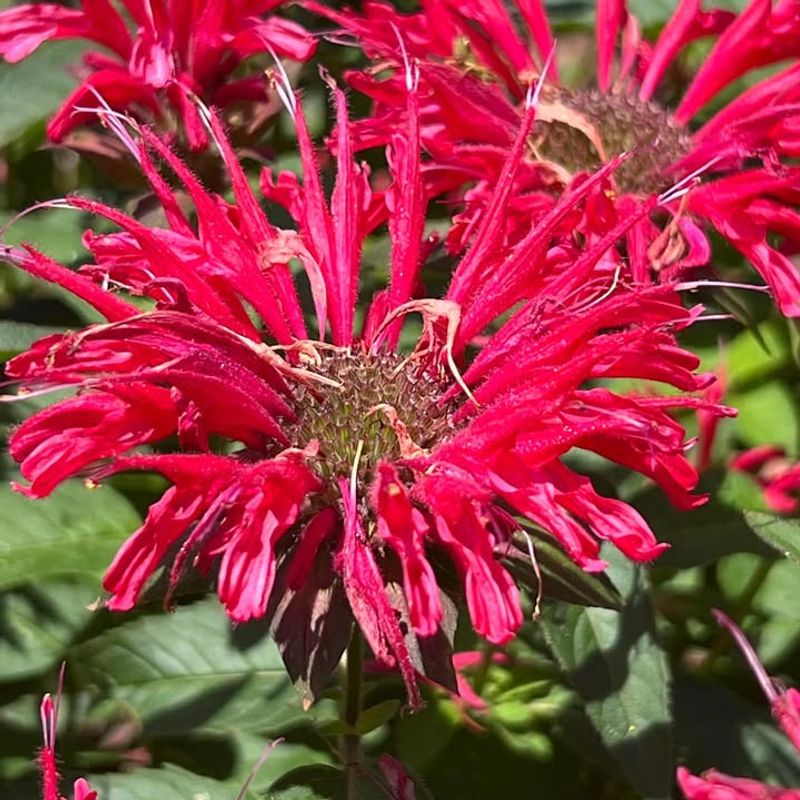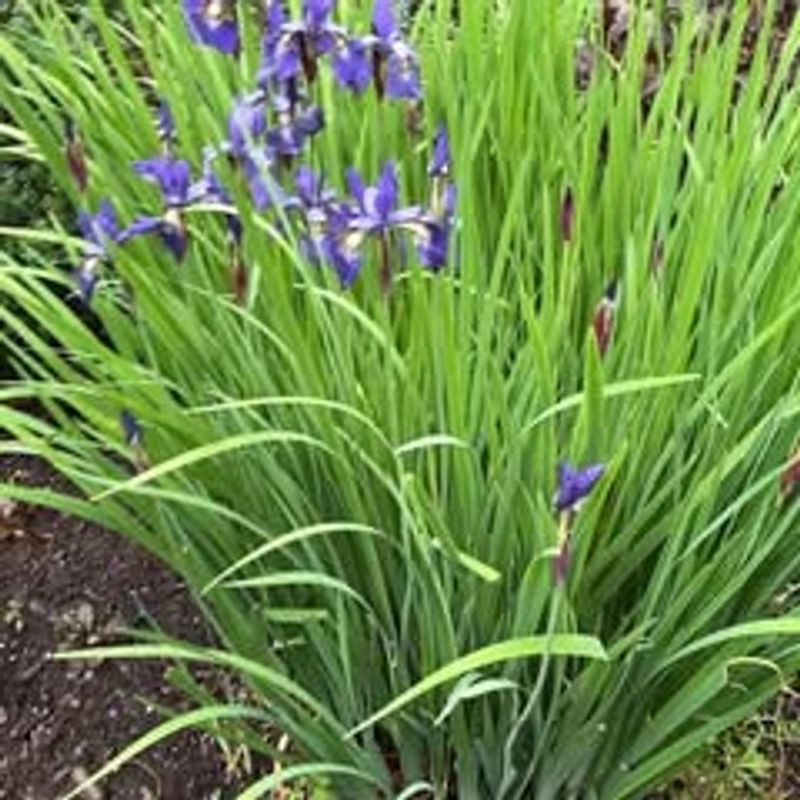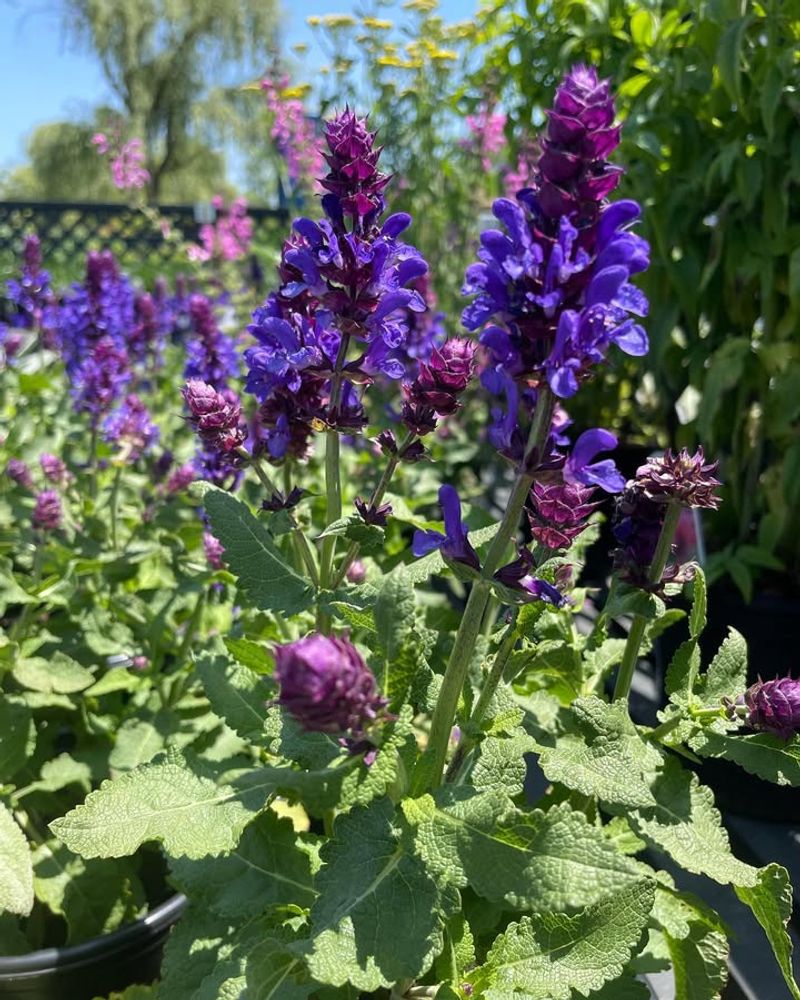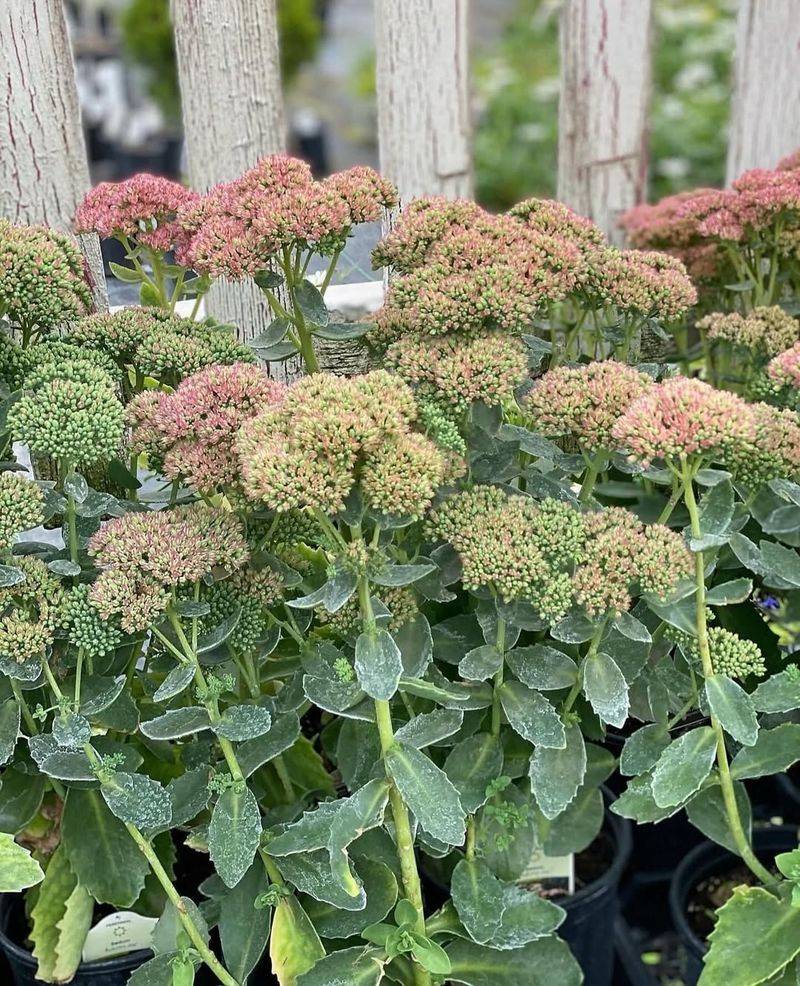Minnesota gardens need a little trimming before winter freezes everything in place. I cut back my plants last November and loved how much cleaner the yard looked afterward.
Some species bounce back better when trimmed early. A little effort now sets the stage for healthier growth later on.
1. Hostas
Once frost turns hosta leaves into brown mush, Minnesota gardeners should grab their shears. Leaving decayed foliage over winter invites slugs and disease to set up camp in your garden beds.
Cut the stems down to about two inches above ground level. Toss the old leaves in your compost pile or yard waste bin, never leaving them around the base.
Your hostas will thank you next spring by emerging fresh and disease-free, ready to fill those shady spots with lush greenery all summer long.
2. Bee Balm
Powdery mildew loves bee balm, and leaving infected stems standing through winter just spreads the problem. Minnesota’s damp fall weather makes this issue even worse for next season.
Trim your bee balm down to ground level after the first hard freeze hits. Bag up and dispose of any mildewed plant material rather than composting it.
Cutting back now encourages stronger growth and better air circulation when your bee balm returns, meaning healthier plants that attract more pollinators to your yard.
3. Peonies
Peony foliage may look pretty in fall with its reddish tones, but Minnesota gardeners shouldn’t be fooled. Old peony leaves can harbor botrytis blight, a fungal disease that ruins flowers.
Slice stems down to about three inches above the soil line once leaves start dying back. Remove every bit of foliage from around the plants.
Clean tools between cuts if you spot any disease. Your peonies will reward this November effort with spectacular blooms come Memorial Day weekend across Minnesota landscapes.
4. Daylilies
Brown, mushy daylily leaves aren’t doing anyone favors sitting in your Minnesota garden beds all winter. They create perfect hiding spots for pests and can develop fungal issues.
Cut foliage back to about four inches from the ground after a killing frost. Some gardeners prefer waiting until spring, but November cleanup prevents problems.
Minnesota’s freeze-thaw cycles can damage soggy old leaves, so removing them now keeps your garden tidier and healthier heading into the cold months ahead.
5. Black-Eyed Susans
Those cheerful yellow flowers fade to brown seed heads by November, and Minnesota homeowners face a choice. Leaving them feeds birds through early winter, but cutting prevents excessive self-seeding.
If your black-eyed Susans spread too aggressively, trim them to ground level now. Otherwise, wait until late winter to remove stems.
Cutting back in November gives you a cleaner garden appearance and controls where these enthusiastic bloomers pop up next season throughout your Minnesota landscape.
6. Siberian Iris
Siberian iris foliage turns tan and floppy by November in Minnesota gardens, creating a messy look. More importantly, old leaves can harbor iris borer eggs over winter.
Trim foliage down to about four inches above ground level. Remove all the cut material from your garden area completely.
This simple November task dramatically reduces pest problems next season. Your Siberian iris will emerge clean and healthy, producing those elegant purple or white blooms that Minnesota gardeners love so much each spring.
7. Salvia
Perennial salvias get leggy and woody if left unpruned through Minnesota winters. November trimming encourages bushier, more attractive growth when spring arrives.
Cut stems back by about two-thirds their height after frost blackens the foliage. Leave some stem structure to mark where plants are located.
Minnesota’s cold winters can kill stems back anyway, so pruning now just gives you a head start. Your salvias will produce more flowering stems and look fuller throughout the entire growing season ahead.
8. Astilbe
Astilbe’s feathery plumes turn rusty brown by November, and while some Minnesota gardeners find them attractive, cutting back prevents issues. Old foliage can mat down and smother the crown.
Trim stems to about three inches above soil level. Remove all debris from around the base of plants.
Minnesota’s heavy snow loads can crush old astilbe foliage onto the crown, potentially causing rot. Cutting back now protects your investment and ensures those beautiful shade-loving plumes return strong next summer.
9. Sedum
Sedum’s rusty flower heads look architectural through early winter, tempting Minnesota homeowners to leave them standing. However, heavy snow can break stems and damage the crown.
Cut sedum back to about two inches tall in November or wait until early spring. November pruning gives a tidier appearance immediately.
If you cut now, your sedum will emerge fresh without old broken stems cluttering the area. Minnesota’s unpredictable spring weather makes fall cleanup easier than working in muddy March conditions.
10. Yarrow
Yarrow’s flat-topped flowers dry to brown by November, and Minnesota gardeners should consider removing them. Old stems can harbor pests and look ratty through winter months.
Cut all growth down to basal foliage, leaving just the low-growing leaves. Remove tall flowering stems completely from the garden.
Yarrow spreads aggressively if you leave seed heads standing, so November pruning controls its enthusiastic nature. Your Minnesota garden will look neater, and yarrow will return with vigorous blooms without taking over everything.

